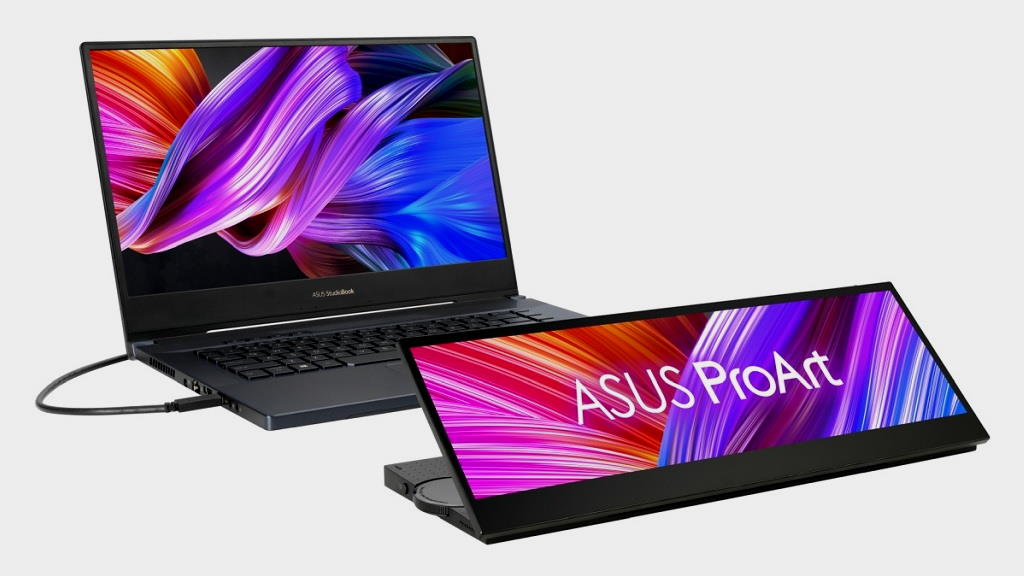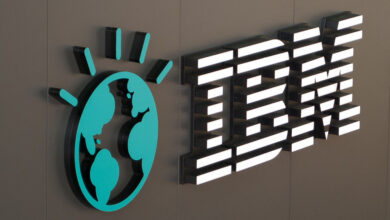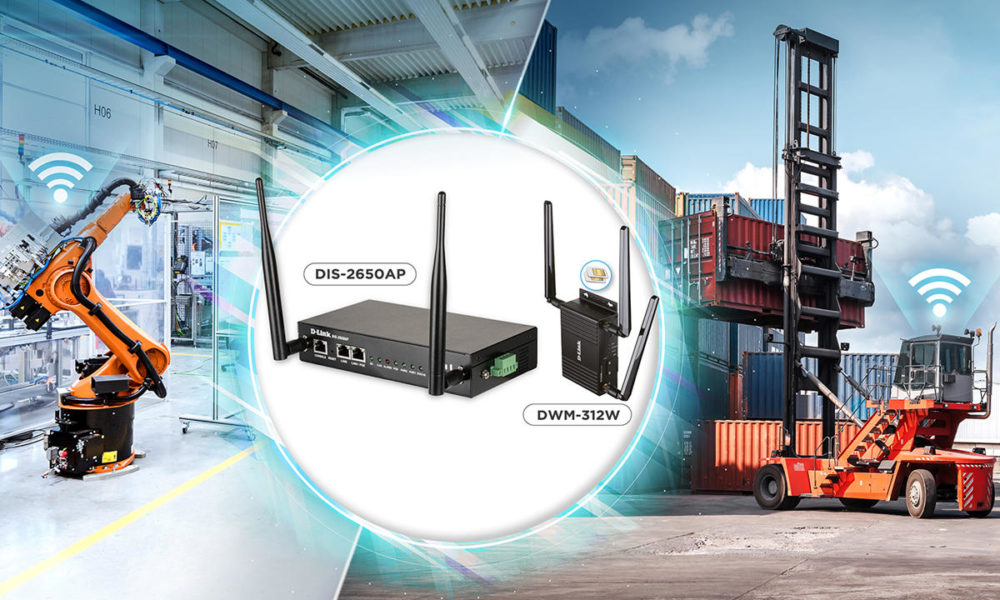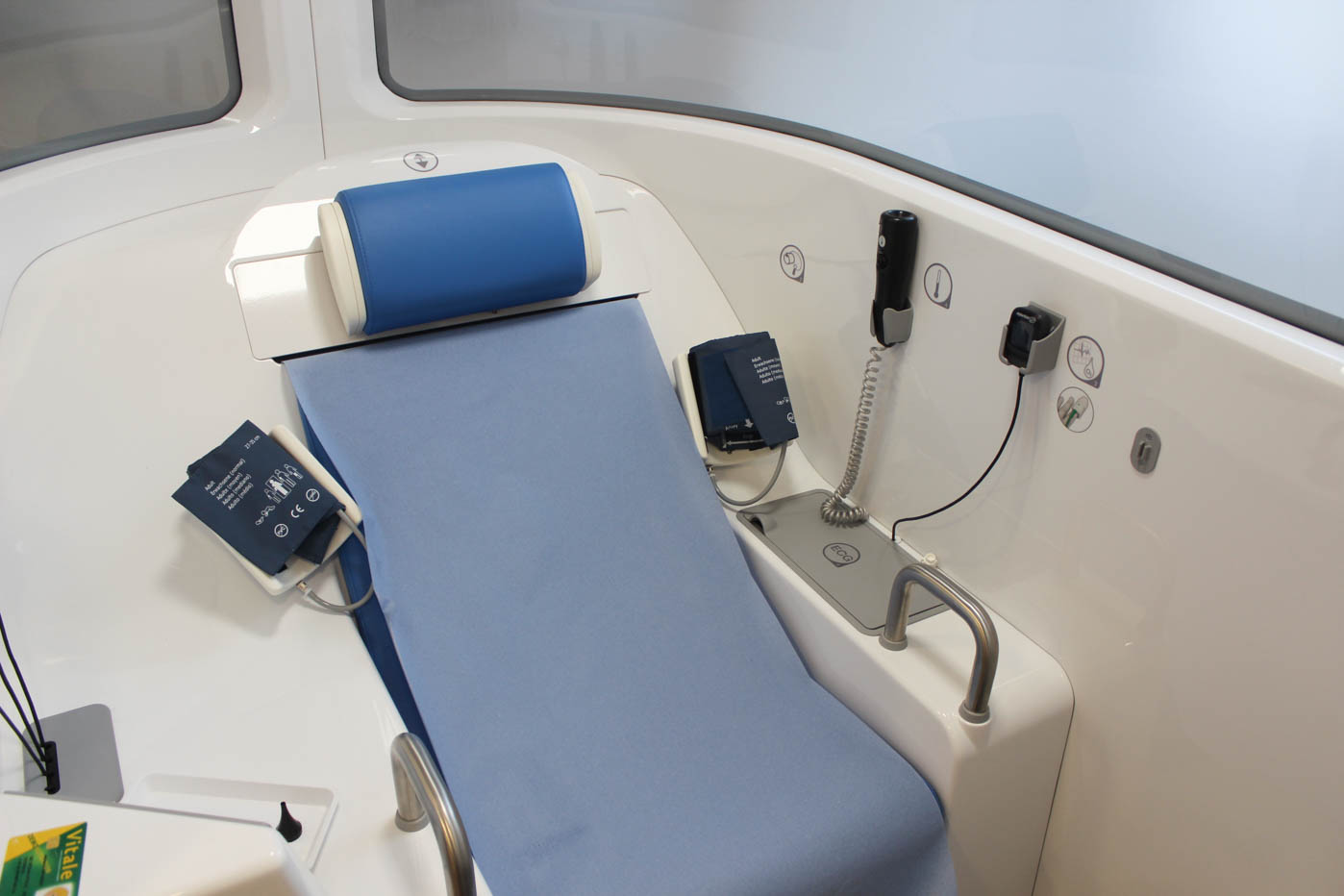
Halfway between the space module and the photo booth, the H4D clinical telemedicine cabin hopes to put an end to medical desertification, but also to facilitate the care of urban dwellers.
Almost unknown to the general public before the pandemic, teleconsultation has exploded in recent years, going from 0.04% of consultations in 2019, to nearly 4.5% in 2021 (Odoxa figures for ANS). Propelled by the Doctolib platform, then by a few outsiders like Qare or Maiia, the practice is attracting more and more people, and for good reason: not only is it much easier and faster to make an appointment, but it is also possible to consult while staying at home. A particularly attractive double advantage in times of covid-19. During the first confinement in April 2020, the number of teleconsultations thus exceeded the 4.5 million appointments in one month.
If it is difficult to deny the practical side of teleconsultation, the observation remains however more mixed concerning the diagnostic quality. Deprived of his tools, and most of his usual senses, the doctor can ultimately only rely on the camera (not always effective) of the smartphone and the feelings of his patient. A situation that does not does not allow you to exercise in good conditionslaments Doctor Franck Baudino, founder of the start-up H4D: “With a phone I can’t listen to your heart or lungs, I challenge any doctor to treat even an adult cough in this way.”
The medicine of the future already exists today
This is where the H4D Consult Station comes in. Less known than Doctolib, the start-up has also revolutionized the world of telemedicine. In 2006, its founder Dr. Franck Baudino filed the first patent for a project with excessive ambitions: a connected medical office, able to operate without any doctor physically present on board. After seven years of research and development, 28 patents and five years of certifications with European regulations and the American FDA (Food and Drugs Administration), the cabin finally obtains its status as category 2 medical devicea compulsory passage to practice on the old continent.
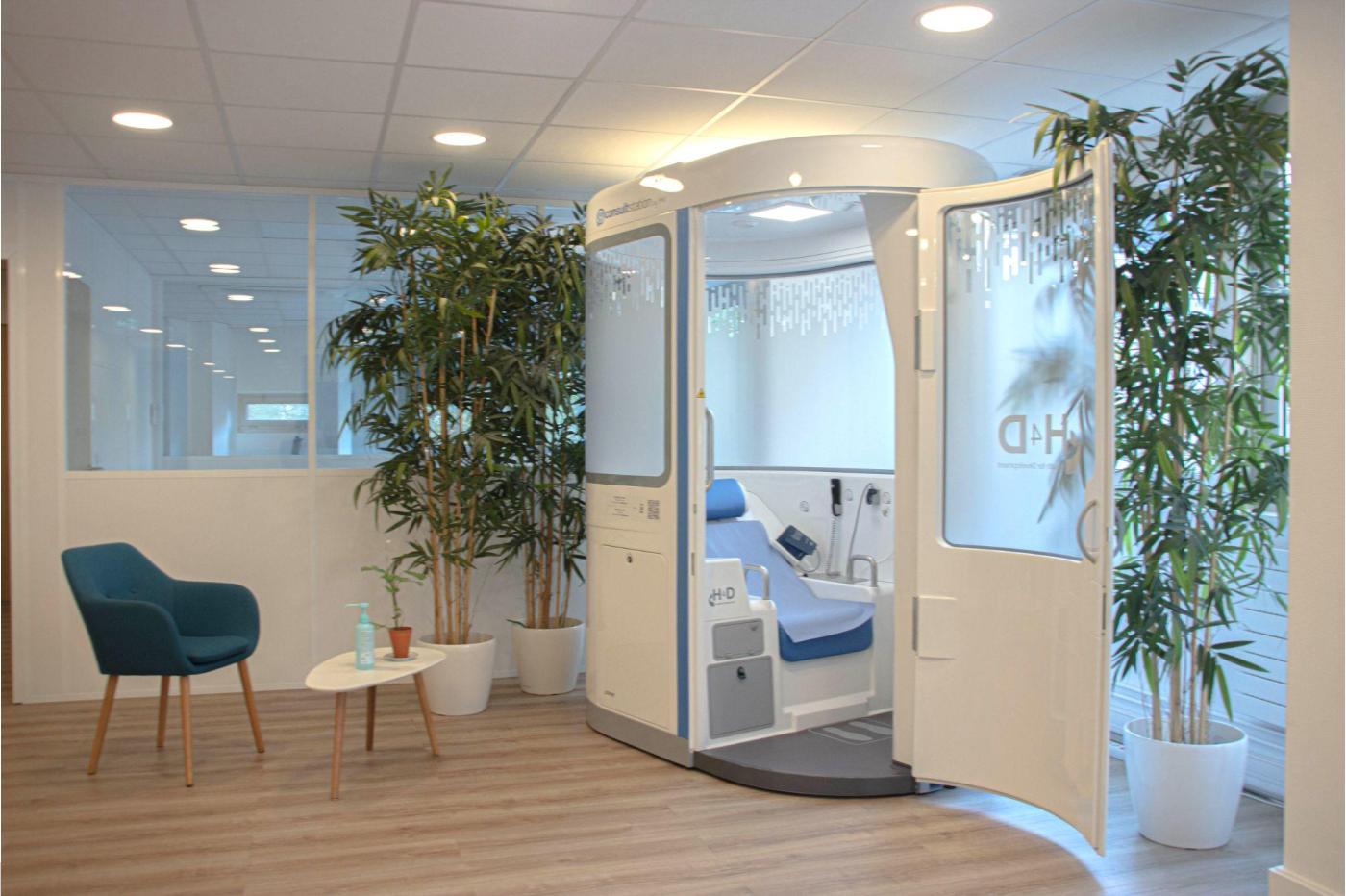
With its fifteen sensors and measuring instruments, its impressive technical arsenal and the accompanying software suite, the H4D cabin is thus capable of diagnose and treat 98% of patients after one consultation. A figure much higher than during a classic teleconsultation, which only makes it possible to diagnose 5% of consultations. “It is for this reason that we now make the difference between telemedicine and clinical telemedicine, so that people understand the difference”explains Franck Baudino.
Decentralize the doctor, but not the medicine
Once installed on the reclined seat of the cabin, it must be admitted that the small space is impressive. In front of us, a camera and a screen allow the doctor to follow the teleconsultation remotely. A little lower, there is a location intended to accommodate the vital card, and to issue a paper prescription. To our right, a touch screen allows you to configure the device, then answer a series of preliminary questions. From either side, 15 sensors and instruments are intended for taking measurements.
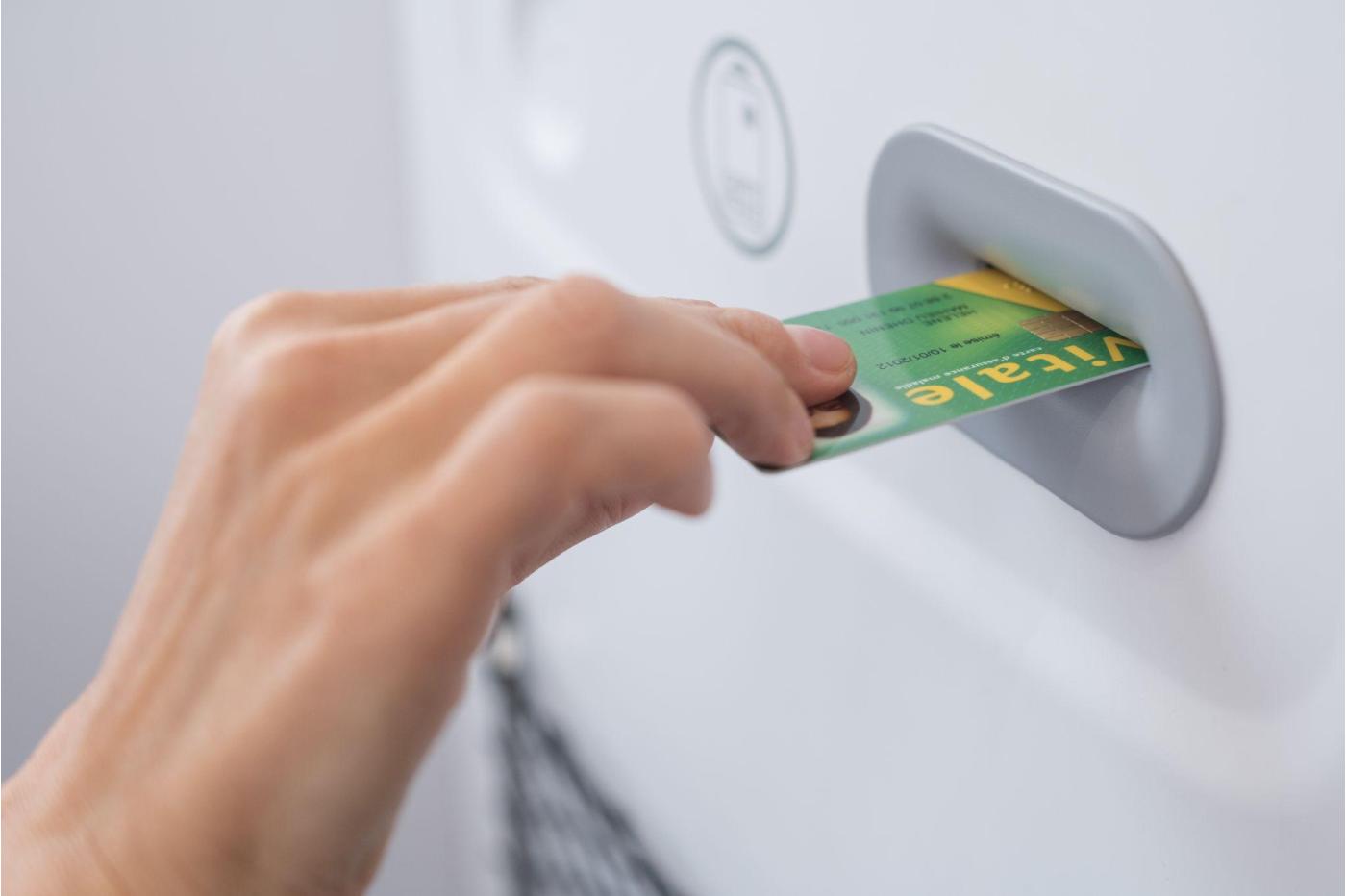
The consultation finally begins like any physical appointment with the doctor: after a quick discussion on our health habits and the creation of a patient file, it is time for auscultation. For the stethoscope as for the rest of the instruments, it is it’s up to us to place the device correctly, under the instructions of the doctor who then triggers the measurement. Then comes the oxygenation of the blood, the taking of blood pressure and temperature, then the weighing. The practitioner then guides us to perform an abdominal self-examination, necessary to detect certain pathologies.
For more advanced examinations, the cabin also contains a dermatographer, who can take dermatological quality images, as well as an arsenal of instruments intended to assess sight and hearing, but also possible ENT conditions.
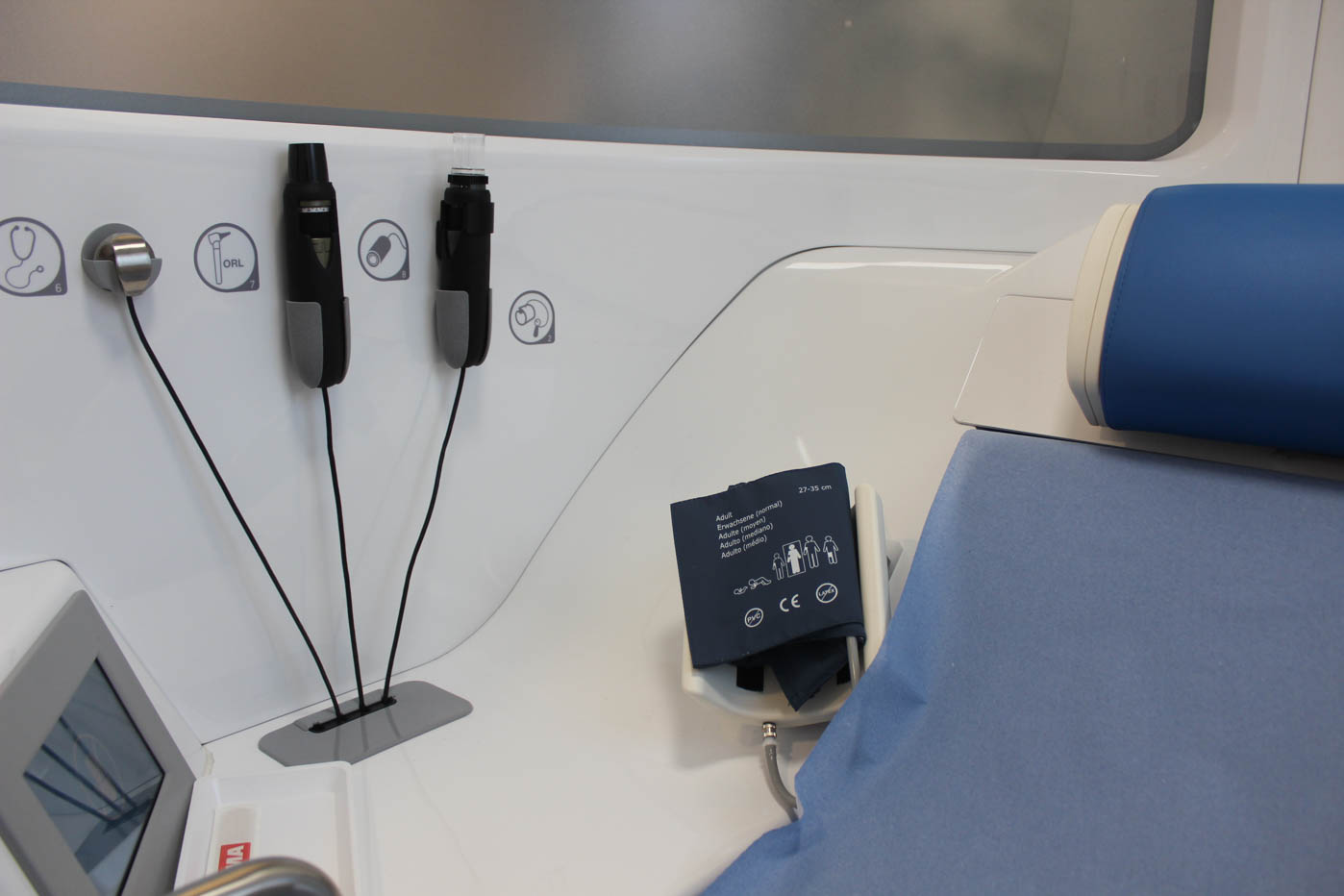
For a first experience of clinical teleconsultation, it must be admitted that the situation is intimidating, especially when it comes to handling the instruments yourself. Guided by the practitioner, the exercise turns out to be simpler than it seems, and even ends up becoming didactic. The most complex part of the consultation ultimately comes down to the doctor, who for his part has the task of guiding us while remotely interpreting signals. “Carrying out a medical consultation remotely is not the same as face-to-face”explains Franck Baudino. “In addition to training doctors in the technical and software part, we also had to develop a new branch of medicine called telesemiology, or the study of remote signs”.
Of the 272 most frequently diagnosed pathologies, the creator of H4D and his team, in collaboration with the CHU and the University of Angers, have thus tackled the heavy mission ofextract the visible symptoms to apply them to the field of teleconsultation. A work that is beginning to bear fruit, with its publication in certain scientific journals.
At the end of the consultation, we finally leave with a paper prescription, a complete medical follow-up accessible from the application (entirely stored on secure Orange servers), but above all the impression of having benefited from a real medical consultation, far from the frustration sometimes caused by traditional teleconsultations. For his part, the practitioner systematically sends a detailed report to the attending physician. An ethical approach, believes Franck Baudino, who wishes “respect our patients, but also our colleagues”. Note that in an emergency, the doctor can also decide to directly transmit the GPS coordinates of the cabin to the emergency services.
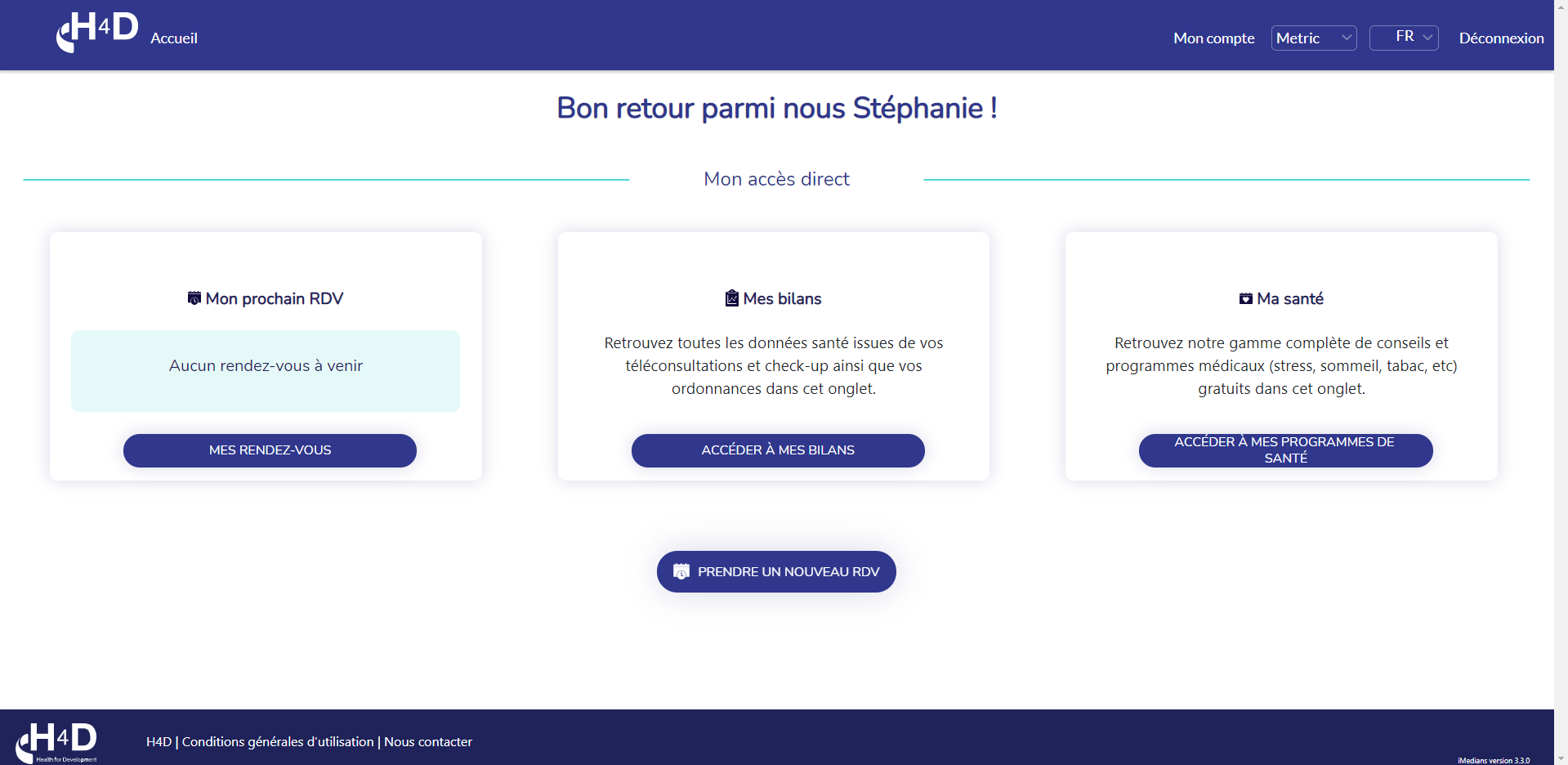
Even more futuristic, the Consult Station is able to operate on its own. Intended for prevention, the check-up mode makes it possible to carry out various measurements, in order to deliver a preliminary diagnosis. A particularly useful process in the emergency services of a hospital in particular: Since 2014, the cabin has been installed at the Vert Galant private hospital in Seine-Saint-Denis in order to improve the sorting and management of patients , but also reduce their waiting time, and facilitate the transmission of health data.
The end of medical deserts?
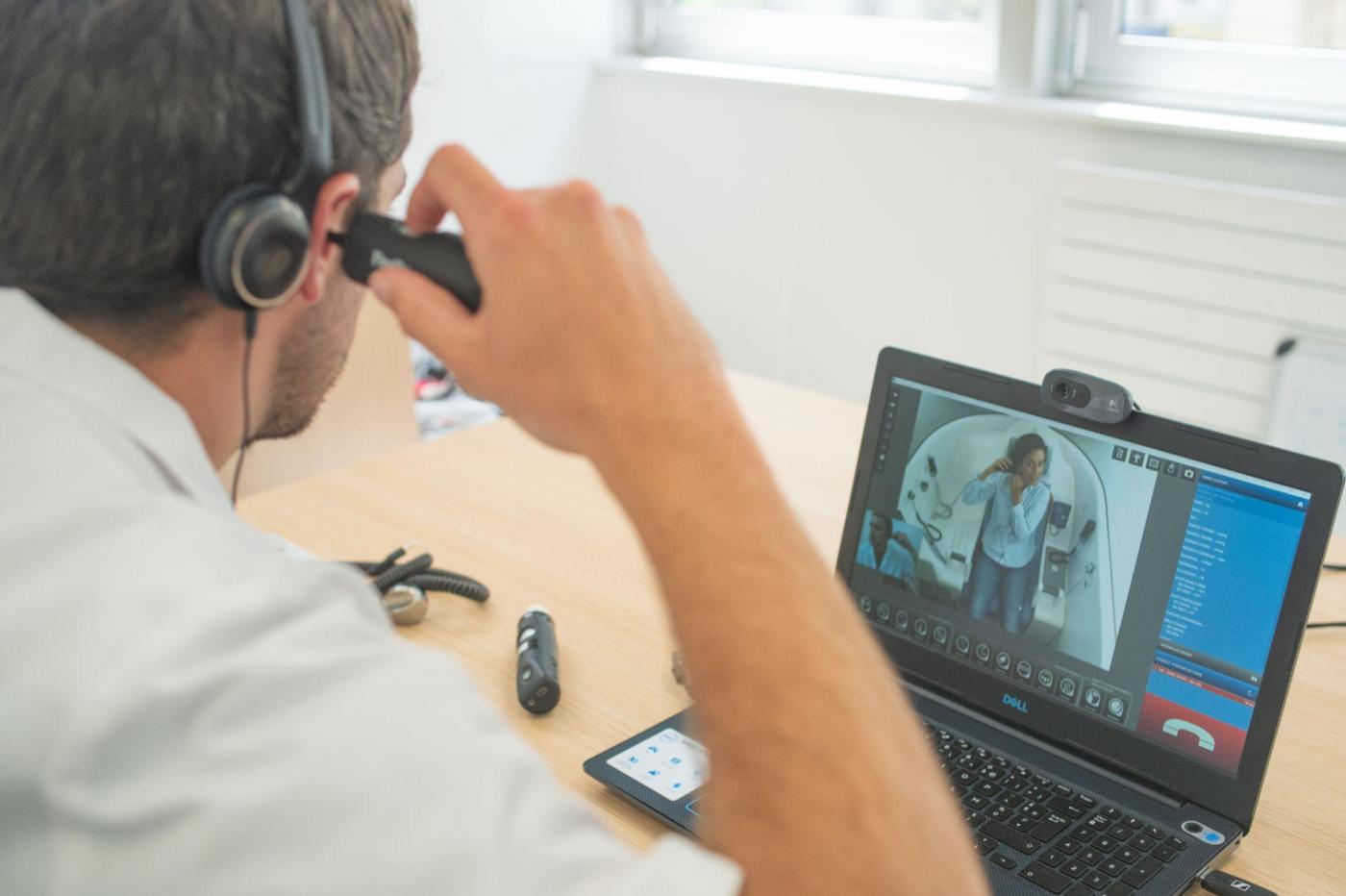
Established in hospitals, but also in certain care centers, in private companies (in particular for annual medical visits and occasional illnesses), town halls, or directly in companies, the H4D solution now aims to put an end to medical deserts , both in the isolated countryside and in the big cities, where it is more and more complicated to make an appointment with your doctor. The only real obstacle to the democratization of the service, however revolutionary, its economic model still difficult to apply for small private companies and certain public authorities, and the ethical questions linked to installation in certain places of sale, in particular pharmacies.
Rented for €2,900 per month, the H4D cabins however plan to be available in new, more affordable devices. Note that this rate is partly explained by the fact that for the moment, it is up to the company or the community to pay the bill. Patients, for their part, are not affected by any price increase: the consultations are invoiced 25€ without exceeding fees, and directly supported by the third-party payer. Currently, no payment device is also integrated into the cabins, even if Franck Baudino does not exclude an evolution of the support in the future, in accordance with French and European legislation.
